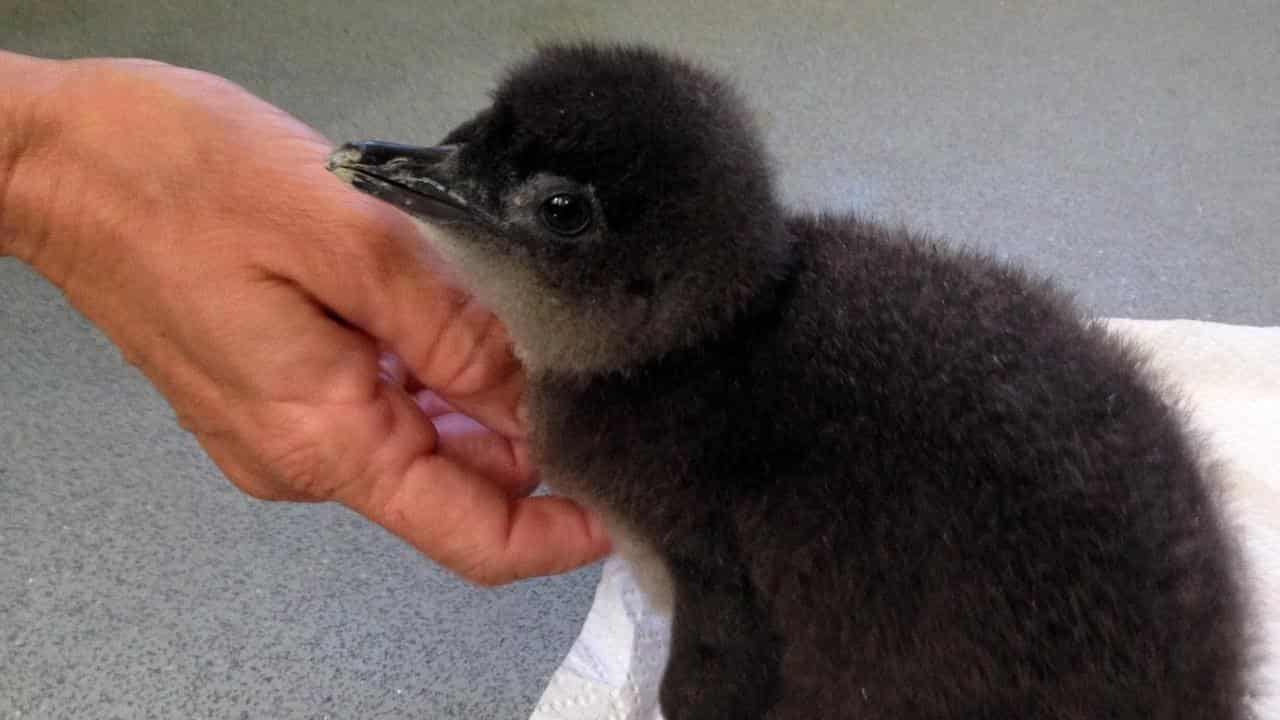
Rising ocean temperatures are reducing the population of little penguins living on Western Australia's coastline.
New research from the University of WA has shown breeding, diet and population size of little penguins on Penguin Island are being affected by marine heatwaves.
Temperatures from 1986 to 2019 were measured to chart the impacts of marine heatwaves on breeding outcomes, body condition, diet composition, population size and mortality.
Report author Belinda Cannell said breeding outcomes were negatively impacted but body condition was not.
“Diet composition changed immediately after the marine heatwaves with sandy sprat, the penguins’ typical major prey component, replaced by scaly mackerel, a tropical fish species,” Dr Cannell said.
The little penguin population decreased by almost 80 per cent following a 2011 heatwave.
“Many more penguins than usual died from starvation in 2011, which was unusual," Dr Cannell said.
The animals had a rough year in 2011, as a parasitic infection linked to cats also wiped out some of the birds.
“It is likely that the poor breeding outcomes for multiple years following the marine heatwave resulted in low recruitment into the colony and, ultimately, an aging population of breeding penguins,” Dr Cannell said.
The colony of penguins on the island is already at risk due to the temperature, and Dr Cannell said critical threshold temperatures are likely to be exceeded.
“Marine heatwaves on the west coast of Australia impacted the breeding participation, breeding success, diet composition, population size, nesting distribution, mortality due to starvation and presence of parasites in little penguins,” Dr Cannell said.
The research shows management of ocean temperatures is critical to saving the population on Penguin Island.









